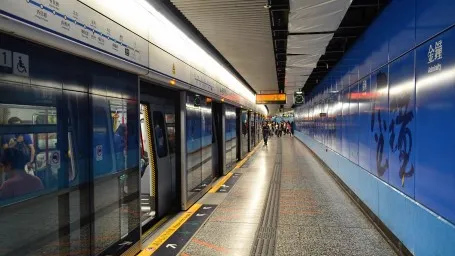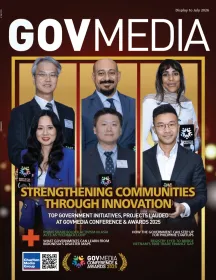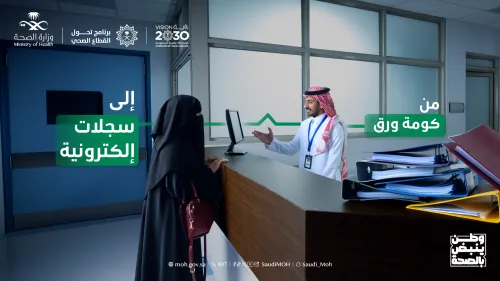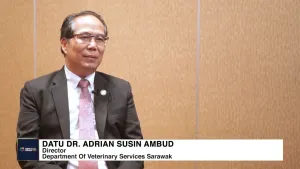
Lack of policies hinders fair adoption of transportation technologies
There needs to be support for traditional services and new technologies.
New technologies are transforming the way transportation agencies operate services by advancing simulation capabilities, electric and fuel-efficient vehicles, and new mobility apps and micro-mobility solutions. However, there is a lack of progress in policies to guide the fair adoption of these technologies in communities.
Transportation agencies must balance efforts to bolster traditional services and integrate new technologies and services to meet travellers' mobility needs while ensuring that the residents they serve can take advantage of services regardless of their income or ability, according to a report by Deloitte.
The federal government's Justice40 initiative directs federal agencies, including the U.S. Department of Transportation, to collaborate with states and local communities to deliver at least 40% of the overall benefits from federal investments in climate and clean energy to disadvantaged communities.
This focus, combined with new funding opportunities for traditional and technological infrastructure in the 2021 Infrastructure Investment and Jobs Act, makes the case for pursuing inclusive mobility innovations more compelling and urgent.
READ MORE: Five trends in transforming cities
To achieve the promise of more efficient, safe, and sustainable regional mobility, innovations need to be developed and implemented in ways that promote equity for travellers and communities alike, Deloitte stated.
When planning new projects or operational strategies, transportation planners should take the time to understand not only the community's physical environment but also its socioeconomic and cultural characteristics, including disparities that may affect the way it connects with the surrounding region.
Trust, fostered by community engagement, is also a critical component of implementing services, improving traditional operations, or deploying new technologies.
"Transit can champion equity and access and help ensure that new developments or innovations meet the needs of our community," said IndyGo President and CEO, Inez Evans.
Transportation agencies should consider their unique position in helping to establish trust by incorporating community input in shaping technological development and ensuring that new tools promote equity while contributing to the overall optimization of the system.
Human-centred design (HCD) is a leading methodology used to focus solutions on the end user's needs. In transportation, HCD can be used to develop new technologies based on travellers' needs, as identified and prioritized by the community and relevant stakeholders.
Putting people at the centre of innovation helps each solution to be physically accessible, restore choice and provide access to opportunity, promote sustainability, and protect data privacy.
"Even with the most altruistic tech innovations, you can't bridge mobility gaps without addressing foundational needs," said Monica Tibbits-Nutt, executive director of the 128 Business Council and former vice-chair of the Massachusetts Bay Transportation Authority's Fiscal and Management Control Board.
Transportation agencies can lead the charge in harnessing technology to promote positive outcomes alongside the private sector. If public regulations can keep pace with mobility innovations, pilot solutions can be more easily scaled as companies gain consistent regulatory guidance and ground rules.
Agencies can set those policies to incentivize equitable access to these new services while adopting emerging innovations into their own operations as well.
"Sometimes agency leaders are going to have to be the ones to step out onto a ledge and bring their communities along," said Evans.
Transportation agencies should design systems that provide access to regional opportunities while simultaneously providing people with choices in the ways they can move within their communities. True choice requires a system that can offer travellers alternatives to personal vehicles to reach their destinations.
The typical U.S. metropolitan resident relying on public transportation can access only 30% of jobs in their region within 90 minutes. Transportation agencies must be pioneers in providing travellers with fair access and opportunities, eliminating historical and systemic barriers.















